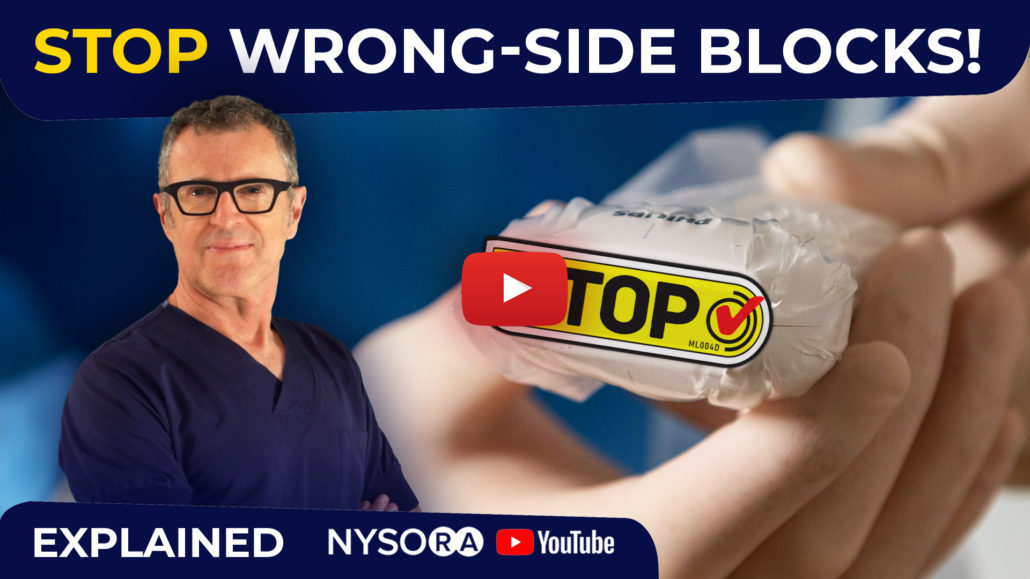|
The Joint Commission defines Wrong-Site Surgery (WSS) as an invasive procedure performed on the wrong part of the body, wrong side, or the wrong patient, thus exposing them to greater risk.
A WSNB immediately triggers root-cause analysis, quality assurance, and risk management committee meetings. It may require reporting to the state department of health and/or lead to disciplinary action, or even a license revocation in the case of repetitive error. More importantly, WSNB may lead to surgery on the wrong side, undesirable outcomes, and indefensible medico-legal consequences.
In spite of all this, wrong-site nerve blocks (WSNB) continue to be one of the most dreaded complications of nerve blocks.
A few years ago in my practice in New York, I was involved in a “block on the wrong side” incident. I remember that day like it was yesterday. I was called to the operating room to assist the trainee with an interscalene block. |

